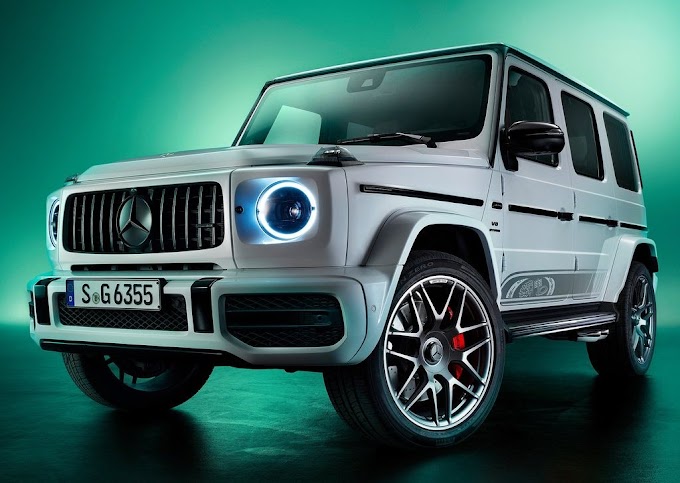The BMW 507 was a roadster produced by BMW from 1956 to 1959. It is thought by many to be one of the most beautiful automobiles ever produced. The BMW 507 was the brainchild of BMW importer Max Hoffman, who in 1954 persuaded the BMW management to produce a roadster version of the BMW 502 that could compete with Jaguar and Mercedes-Benz sports cars. The 507 made its debut at the Frankfurt Auto Show in September 1955. Production began in November 1956. Max Hoffman intended the 507 to sell for about $5,000 U.S., which he believed would allow a production run of 5,000 units a year. Instead, high production costs pushed the cost in Germany to DM 26,500, driving the U.S. price initially to $9,000 and ultimately $10,500.
Intended to revive BMW's sporting image, the 507 instead took BMW to the edge of bankruptcy -- the company's losses for 1959 were DM 15 million. The company lost money on each 507 built, and production was terminated early in 1959. Only 252 were built, plus two prototypes. Fortunately for the company, an infusion of capital from Herbert Quandt and the launch of new, cheaper models (the BMW 700, Isetta and eventually the 'New Class' 1500) helped the company recover. The 507 prototype remains a milestone model for its attractive styling, which attracted some famous buyers. American icon Elvis Presley, then with the US Army in Germany, was the most noteworthy 507 purchaser, buying a white colored model in 1959 for US$3,500, a fortune at the time.
He brought it back with him to the US, but gave it away as a present to one of his most famous co-stars, the Swiss-born actress Ursula Andress, in 1963. She kept it for some 20 years and, in 1997, it was sold at an auction for US$350,000, the most ever achieved for the sale of a 507 model. Another famous owner was John Surtees, who was given a 507 by MV Agusta (he still owns it). It is believed 80% of 507s still survive, a tribute to the car's appeal, and good-condition or fully restored models fetch between $275,000-$300,000 at auction. The styling of the 507 later influenced the BMW Z8 and BMW Z3.
Design
The 507 shared the frame of the 503, shortened from 2835 mm (111.6 in) to 2479 mm (97.6 in). Overall length was 4835 mm (172.6 in), and overall height was a low 1257 mm (49.5 in). Curb weight was about 1,485 kg (2,835 lb). The body was hand-formed of aluminum, and no two models were exactly the same. Front suspension was parallel double wishbones, with torsion bar springs and an anti-roll bar. Rear suspension had a live axle, also sprung by torsion bars, and located by a Panhard rod and a central, transverse A-arm to control acceleration and braking forces.
Brakes were Alfin drum brakes of 284.5 mm (11.2 in) diameter, and power brakes were optional. Late-model 507s had front disc brakes. The engine was the aluminum alloy BMW OHV V-8, of 3.2 L (195.8 in³) displacement, with pushrod-operated overhead valves. It had two Solex Zenith 32NDIX two-barrel carburetors. It rated 150 hp (111.9 kW) DIN, with 160 hp (119.4 kW) optional. It was mated to a four-speed manual transmission with various rear-end ratios optional. It was capable of 0-60 mph (0-96 km/h) in about 10 seconds, with a top speed of about 125 mph (200 km/h) depending on gearing.

















0 Comments